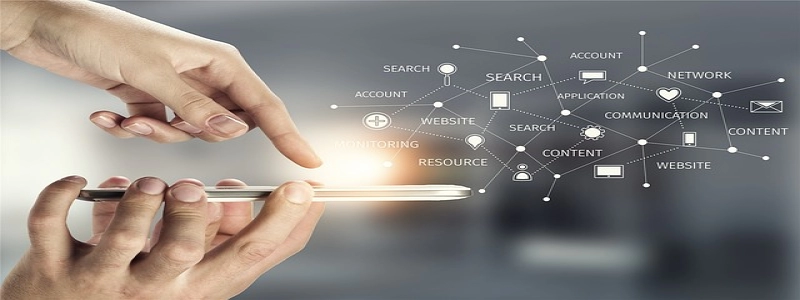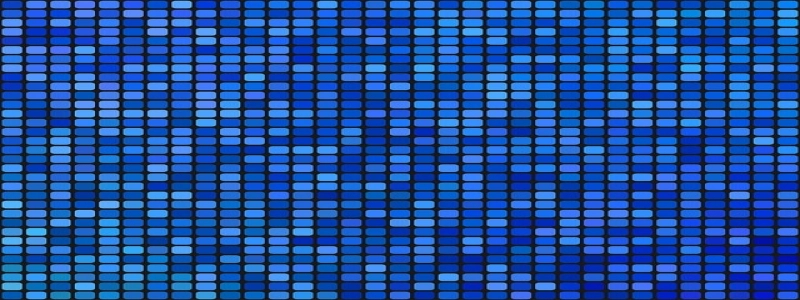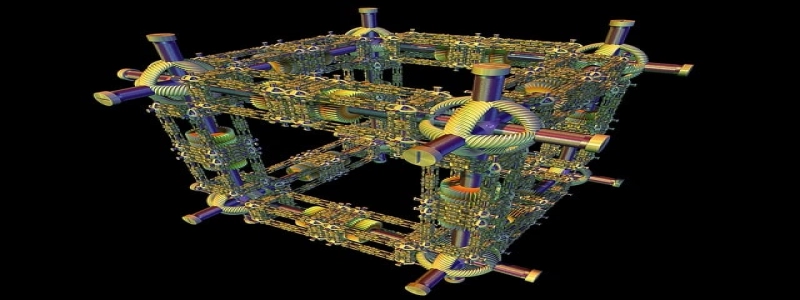Ethernet Patch Cable
Introducere
Ethernet patch cables, also known as Ethernet cables, network cables, or patch cords, are essential components in networking. They are used to connect devices such as computers, routers, switches, and modems to create a local area network (LAN) or connect to the internet. In this article, we will delve into the different types of Ethernet patch cables and their uses.
Types of Ethernet Patch Cables
1. Cat 5e: Cat 5e (Category 5e) is the most common type of Ethernet patch cable. It supports data transfer rates up to 1000 Mbps (1 Gbps) and is suitable for most home networks and small businesses. Cat 5e cables are capable of transmitting data over a distance of up to 100 meters.
2. Cat 6: Cat 6 (Category 6) Ethernet patch cables are an upgrade from Cat 5e cables, offering better performance and faster data transfer rates. They can handle data speeds up to 10 Gbps and possess improved crosstalk and interference resistance. Cat 6 cables are ideal for high-bandwidth applications and larger networks.
3. Cat 6a: Cat 6a (Category 6a) cables are an enhanced version of Cat 6 cables, designed to support even higher data transfer rates and frequencies. They are capable of transmitting data at speeds up to 10 Gbps over a distance of 100 meters, making them suitable for high-speed data centers and enterprise networks.
4. Cat 7: Cat 7 (Category 7) Ethernet patch cables are the most advanced and future-proof option available. They can support data transfer rates up to 10 Gbps over a distance of 100 meters. Cat 7 cables also have improved shielding, which reduces outside interference and ensures reliable performance in demanding environments.
Uses of Ethernet Patch Cables
1. Internet Connectivity: Ethernet patch cables are commonly used to connect computers, laptops, or gaming consoles to a modem or router, enabling internet access. The cable’s speed and reliability contribute to a stable and high-speed internet connection.
2. Local Area Network (LAN) Setup: When setting up a local area network, Ethernet patch cables are used to connect various devices like computers, printers, and switches. This facilitates communication and data sharing between devices within the network, improving productivity and efficiency.
3. Server Connections: Ethernet patch cables play a crucial role in connecting servers within data centers or enterprise networks. They allow for fast and secure communication between servers, enhancing data transfer rates and overall network performance.
4. Voice over IP (VoIP) Systems: Ethernet patch cables are essential for VoIP systems, which enable users to make phone calls over the internet. By connecting VoIP phones to the network, Ethernet patch cables ensure reliable and clear communication.
Concluzie
Ethernet patch cables are vital components in networking, facilitating reliable and fast data transfer between devices. Understanding the different types of Ethernet patch cables and their uses allows for selecting the appropriate cable for specific networking requirements. Cat 5e, Cat 6, Cat 6a, and Cat 7 cables offer various speed and performance capabilities to suit different network setups. Whether for internet connectivity, LAN setup, server connections, or VoIP systems, choosing the right Ethernet patch cable ensures optimal network performance.








